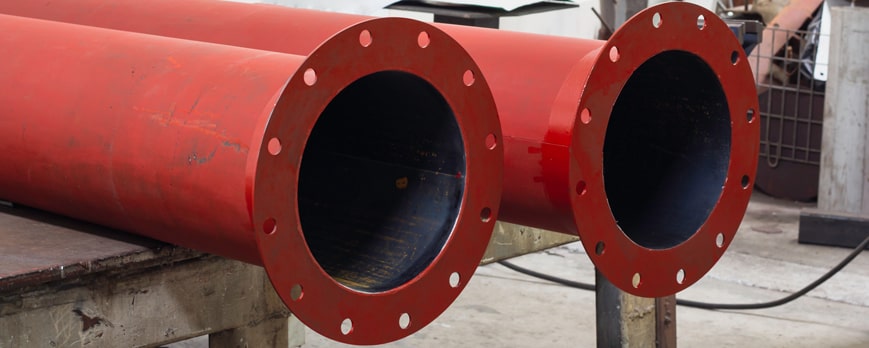Corrosion is a natural phenomenon that affects materials, especially metals, causing their gradual deterioration when they come into contact with environmental factors such as moisture, oxygen, and certain chemicals. In the industrial field, corrosion is a significant problem that can compromise structural safety, generate high maintenance costs, and reduce the lifespan of equipment. One of the most effective solutions to prevent or mitigate corrosion is the use of anti-corrosion protection paints.
This type of paint, also known as anti-corrosive coatings, acts as a physical barrier that isolates the base material from the corrosive environment. Its application is crucial in industries such as automotive, maritime, petrochemical, and in the construction of infrastructure like bridges, pipelines, and marine platforms.
How Do Anti-Corrosion Paints Work?
The goal of anti-corrosion paints is to protect metal surfaces by preventing direct contact with the environment. This is achieved through various mechanisms:
Physical Barriers:
By forming a protective layer over the metal, these paints create a physical barrier that prevents oxygen and moisture, two of the main causes of corrosion, from reaching the surface.
Corrosion Inhibitors:
Some paints contain chemical compounds that inhibit the oxidation reactions of the metal, slowing down or halting the corrosion process.
Galvanic Coatings:
In some cases, paints containing zinc powder are used, which offer cathodic protection. The zinc acts as a “sacrifice” since it is more susceptible to oxidation than iron, thus protecting the underlying metal.
Waterproof Properties:
Anti-corrosion paints also have the ability to repel water, minimizing moisture absorption on the treated surface.
Types of Anti-Corrosion Paints
There are several types of paints specifically designed for corrosion protection, each suitable for different environments and materials:
1. Epoxy Paints
Epoxy paints are known for their high chemical and mechanical resistance. They are frequently used in industrial environments where exposure to chemicals, oils, and solvents is high. Additionally, they have excellent adhesion to metal surfaces.
2. Zinc Paints
Zinc-based paints, such as cold galvanizing paints, are highly effective for cathodic protection. Zinc oxidizes before iron, thus protecting the metal structure. They are commonly used in outdoor structures like bridges, poles, and towers.
3. Polyurethane Paints
These paints offer excellent protection against UV rays, making them ideal for outdoor use. In addition to their anti-corrosion properties, they are highly resistant to abrasion and provide an attractive aesthetic finish.
4. Alkyd Paints
These are a more economical, general-purpose option. Although they do not offer the same durability as epoxy or zinc paints, they are effective in less aggressive environments and for structures not exposed to extreme conditions.
Application of Anti-Corrosion Paints
The proper application of anti-corrosion protection paints is essential to ensure their effectiveness. The most common steps in their application are:
Surface Preparation:
The metal must be clean, dry, and free of rust or contaminants. This is usually achieved through cleaning methods like sandblasting or degreasing.
Primer Layer:
The primer is a base coat that improves the adhesion of the anti-corrosion paint and provides initial protection against corrosion.
Application of Anti-Corrosion Paint: It can be applied with a brush, roller, or spray, depending on the type of paint and the size of the surface to be treated.
Top Coat:
In some cases, it is recommended to apply an additional top coat, especially outdoors, to increase the durability of the coating and improve its aesthetic appearance.
Conclusion
Anti-corrosion protection paints are an essential tool for maintaining and extending the lifespan of metal structures and equipment. Choosing the right type of paint and applying it correctly can prevent serious and costly damage, ensuring the integrity and functionality of the protected elements. Innovation in this field continues to develop more efficient and sustainable coatings, adapted to the demands of various industrial sectors.

